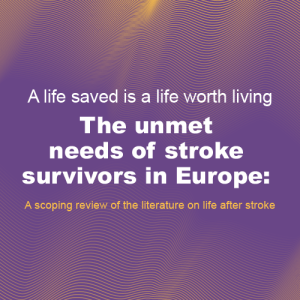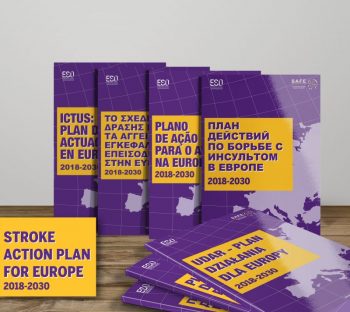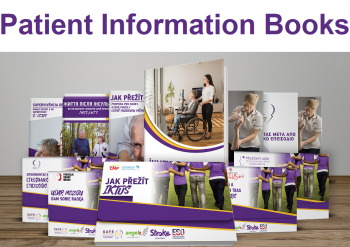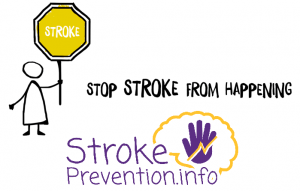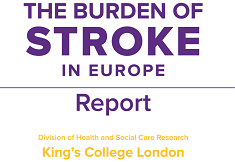Story source: www.medtronic.com
Recovery for patients like Viet Le is only part of the story.
The first time it happened to Viet Le was bad enough. The second time produced the worst kind of déjà vu.
“Things were going in slow motion again and I remember thinking ‘it can’t be the same thing,’” he said.
But it was.
Twice in nine months, both times while working out, Viet suffered massive strokes. He couldn’t stand or speak to tell bystanders what was wrong.

Viet Le teaching at St. Thomas Academy in Mendota Heights, Minn. Image source: medtronic.com
Each time, doctors treated him with a combination of a clot-dissolving drug called IV-tPA and a Medtronic device called the Solitaire stent retriever. Many factors can impact an outcome, but for Viet, IV t-PA and the Solitaire stent retriever allowed him to return to functional independence.
“The technology is amazing,” Le said. “I was back at work within two months.”
The Solitaire stent retriever is inserted through the groin and guided into the brain. When deployed, it can capture stroke-causing blood clots and pull them out. See how the Solitaire stent retriever works.
Studies have found that stroke patients like Viet, who receive IV-tPA plus the Solitaire stent retriever, spend less time in the hospital, need less rehab, live longer and have a better quality of life moving forward than stroke patients treated with drugs alone.
And now, there’s evidence stent retriever therapy can also provide long-term health care cost savings. Learn more about the cost-effectiveness research.
A consortium led by researchers at Brown University, the University of Kansas and UCLA recently compared the long term medical and rehabilitation bills of stroke patients. Some received only drug therapy to treat their stroke, while others received stent retriever therapy in addition to drugs.
The findings concluded that over a stroke patient’s lifetime, stent retriever therapy plus IV-tPA is “economically dominant,” a term not often used in healthcare.
“It means not only does the therapy improve patient outcomes, it also saves the health system money. That’s what this treatment does,” said Dr. Jeffrey Saver, Professor and SA Vice-Chair of Neurology at the UCLA Comprehensive Stroke Center and co-author of the study.
Over the lifetime of the patient, Dr. Saver’s research estimates that health systems save an average of $23,000 per stroke patient, in cases where stent retrieval therapy is appropriate and combined with drug treatment.
“This is as cost effective an intervention as I can imagine,” Dr. Saver said.
And that’s not all.
Dr. Saver’s team did not study other potential economic benefits that come with better outcomes for stroke patients, such as continued wages and worker productivity. Dr. Saver said that while studies would be necessary to confirm additional economic benefits, he thinks they could be potentially significant. “The finding here of savings from a health systems perspective is gratifying but it underestimates the true economic impact of this therapy,” he said.
Viet sees those benefits. After doctors determined a lesion in his carotid artery was causing the blood clots which triggered his stroke, they treated that with a stent. He’s now a regular at the gym again, running, swimming and playing tennis. And rather than being disabled, he’s back at work, teaching middle school math.
“I’m contributing to society and I’m helping these kids,” he said. “I love helping kids with their math problems and math skills.”
That’s a benefit that can’t be measured.
IMPORTANT SAFETY INFORMATION AND MORE INFORMATION HERE.


